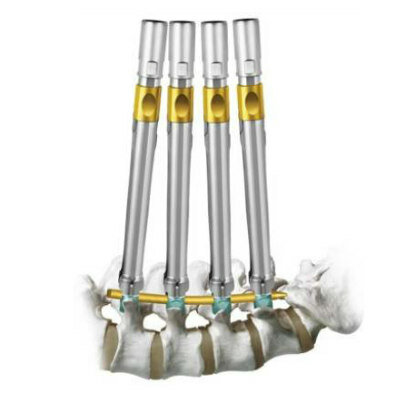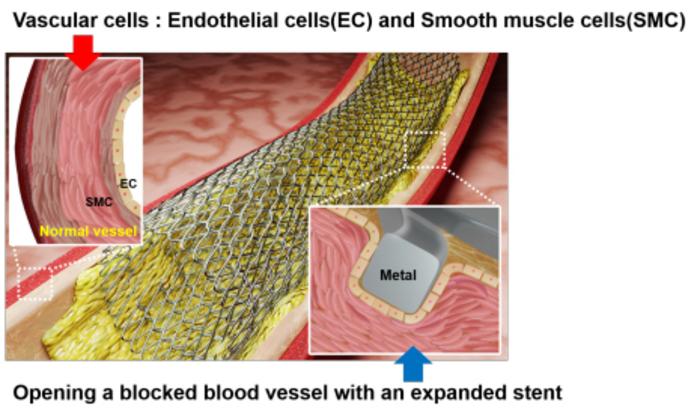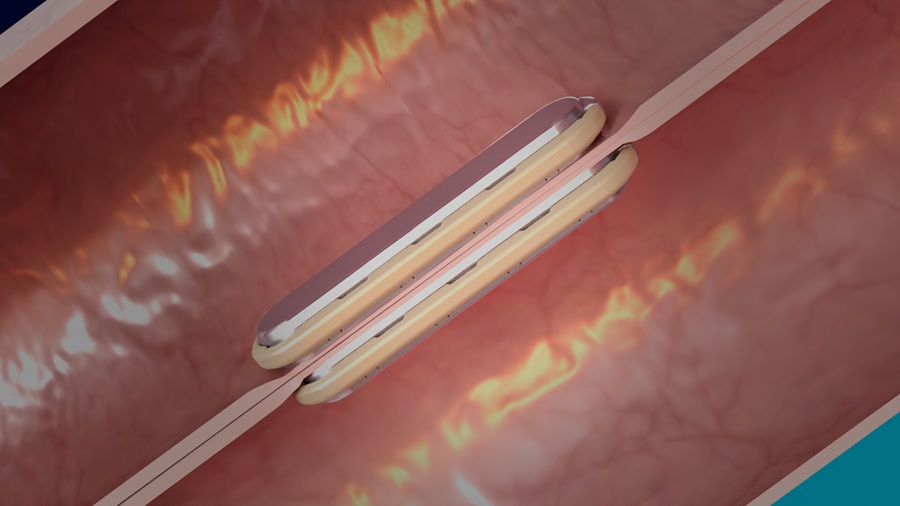Traditional Open Surgery for Lymph Node Removal Remains Gold Standard for Testicular Cancer
Posted on 08 Nov 2024
Testicular cancer is significantly less common than breast or prostate cancer but remains the most prevalent solid tumor in males aged 15 to 35. For the right patients, the cure rates for this type of cancer are excellent with open surgery, which involves making an incision in the abdomen for direct visualization and access to the surgical site. These high cure rates can be attributed to the ongoing experience of clinicians and the refinement of surgical techniques, especially in high-volume centers. Now, a new study has determined that the conventional open surgical approach for the removal of lymph nodes located behind the intestines is the gold standard of care for men whose testicular cancer has not progressed beyond the abdomen.
The study, conducted by researchers at the Indiana University School of Medicine (Indianapolis, IN, USA) and the Regenstrief Institute (Indianapolis, IN, USA), aimed to inform surgical management practices, enhance long-term outcomes, and reduce mortality rates among patients with testicular cancer. The study utilized data from the Indiana University Testicular Cancer database, which included 165 patients with clinical stage I or II testicular cancer who had not received prior chemotherapy. Key benchmarks for the study were low blood loss, brief hospital stays, and infrequent major postoperative complications. Based on their analysis, the researchers concluded that for patients requiring lymph node removal due to testicular cancer, particularly those at higher risk of postoperative complications, traditional open surgery remains the most effective and standard approach.
.jpg)
The authors note in their paper published in BJU International that prior to treatment, men and their families should discuss with their local urologist their experience level concerning various risk factors, such as high body mass index (BMI), as well as engage in thorough discussions about complication rates. Additionally, both patients and clinicians can utilize the study's findings as a reference point when making treatment decisions. However, the paper did not compare robot-assisted surgery to traditional open surgery, which may provide a more complete lymph node dissection. Although robotic surgery offers potential advantages for both surgeons and patients, the authors acknowledge that direct comparisons between the two methods are limited due to the small number of cases involving the robotic approach in testicular cancer.
“This study is an example of how the benefit of providing clinical care and also being in a research environment enables us to learn from what we're doing and to report it in a manner that is meaningful to both patients and physicians,” said urologist and health services researcher Clint Cary, M.D., MPH, MBA, of the Indiana University School of Medicine and the Regenstrief Institute who led the study. We're always looking for ways to improve upon surgical outcomes. Going beyond the scope of this paper, we are now expanding our work to begin a randomized trial comparing two surgical techniques for removing lymph nodes to understand if one is better than the other regarding postoperative recovery.”














